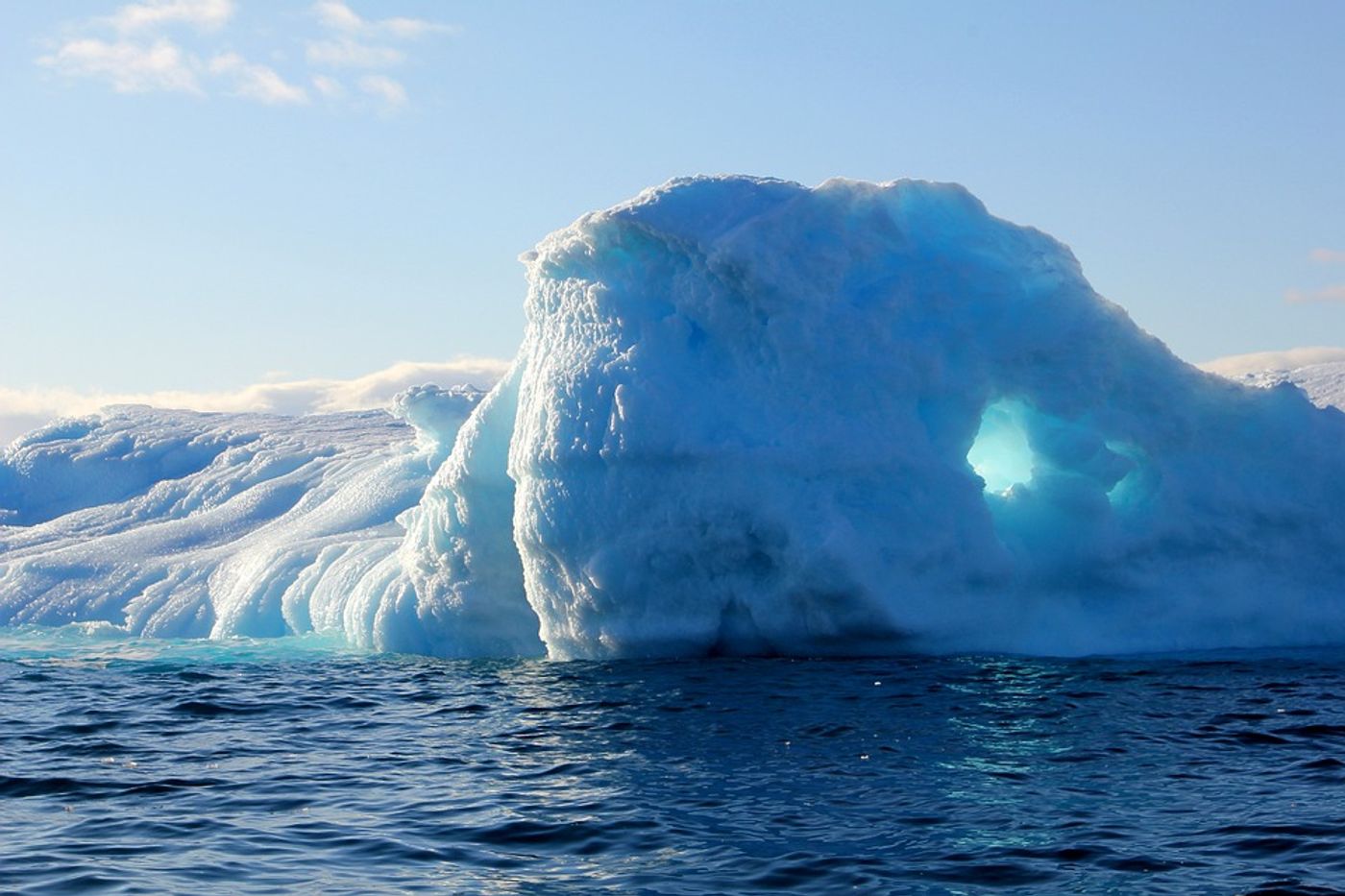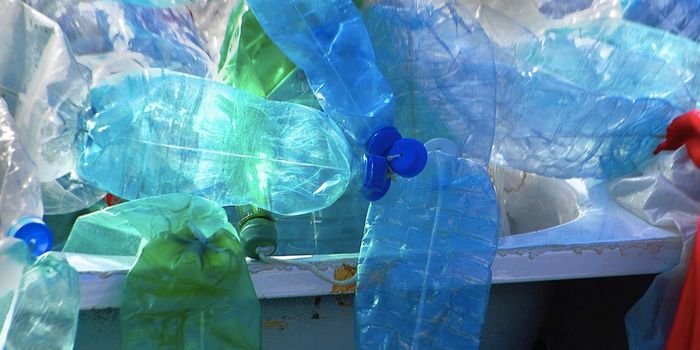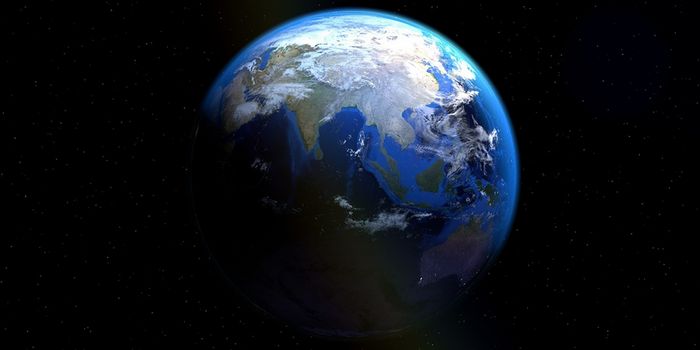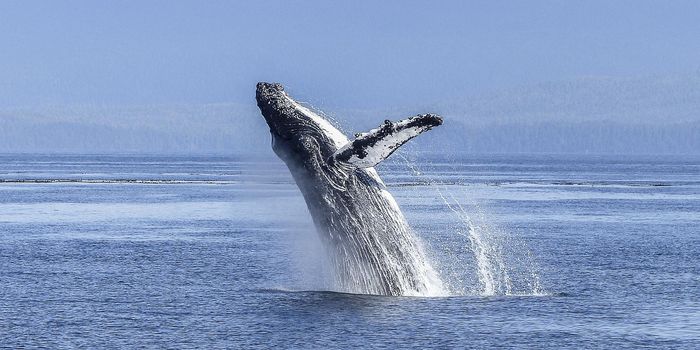Polluted sea ice will harm Arctic countries
New research published in the American Geophysical Union journal Earth’s Future warns that Arctic communities are expected to be negatively impacted by pollutants in migrating sea ice. The research comes from scientists at CU Boulder who report on the growing concerns that increased sea ice movement in the next three decades will bring to Arctic countries such as Russia, Norway, Canada, and the United States.
According to the study, sea ice will become drastically more mobile by the middle of the century, with the amount of sea ice exchanged between Arctic countries tripling and the average time it takes for sea ice to migrate from one region to another being cut in half.
"This means there is an increased potential for sea ice to quickly transport all kinds of materials with it, from algae to oil," said Patricia DeRepentigny, a doctoral candidate in the Department for Atmospheric and Oceanic Sciences. "That's important to consider when putting together international laws to regulate what happens in the Arctic."
The movement of pollutants in sea ice, like microplastics and oil, is faster than the movement of these same contaminants in open water. Given the climatic changes that are ongoing in our environment and the resulting reduction in sea ice cover, sea ice is moving faster than ever. In the end, it comes down to physics: thinner ice moves faster, particularly with fewer obstacles (large swaths of sea ice) in open waters.
"Ice moves faster, but as the climate warms, it doesn't have as much time as before to travel before it melts," said DeRepentigny. "Because of that, we really see that it's the regions that are directly downstream of each country's waters that are going to be most affected."
In order to figure out how specific countries will be impacted the researchers utilized a model called the Community Earth System Model (CESM) to follow sea ice from where it forms to where it ultimately melts. They modeled two different emissions scenarios, one with a warming of 4 to 5 degrees Celsius by 2100 and another with a warming scenario limited to 2 degrees Celsius.
The melting of sea ice and its concurrent movement changed under each scenario. For example, under the high emissions scenario, the researchers found that by 2100, almost all transports of sea ice to and from neighboring countries will take less than a year because there will be little multi‐year ice left in the Arctic. They also pinpointed that the Central Arctic will become a major “exporter” of sea ice like Russia is already. “At the same time, the exchange of sea ice over long distances is predicted to diminish in favor of ice exchanged between neighboring Arctic states,” write the authors.
"That has several implications," said DeRepentigny. "Who's responsible for contaminants and materials that melt in the Central Arctic or get exported out of the Central Arctic into different countries? It's no longer just a national question." These are questions that we need to be considering, urge the authors, and fast.
Sources: Earth’s Future, Science Daily









